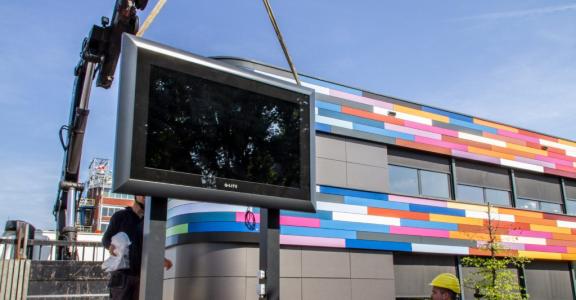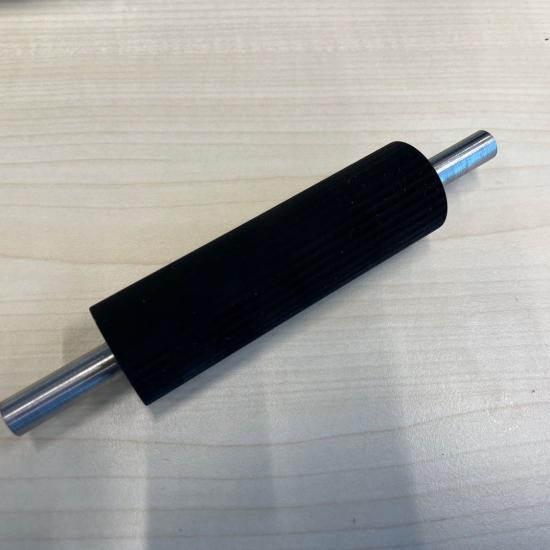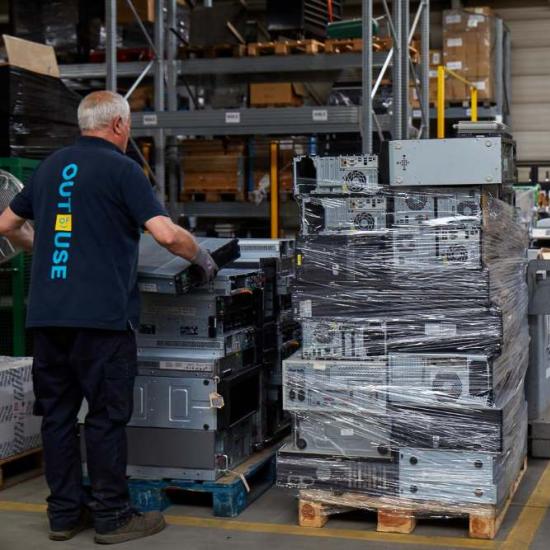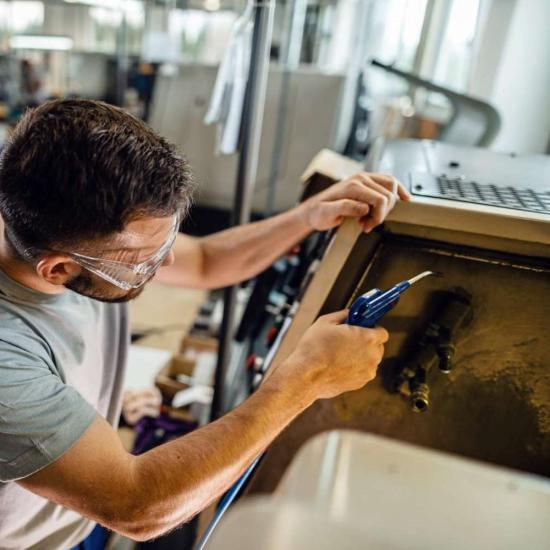Q-lite designs, produces and delivers LED and LCD displays, used as information screens, scoreboards, traffic signs, etc. Its customer base includes both local authorities and companies, and pharmacies and the liberal professions. Q-lite invests in the circular economy and sells not only products but also maintenance, repair, resales, upgrading, remanufacturing and display-as-a-service activities.
The COVID-19 pandemic has shaken up deliveries from the Far East and market demand. Q-lite has pulled through courtesy of its broad product portfolio and diverse customer segments, and believes it can now even strengthen its market position. The company joined the ‘Learning Network Circular Economy Connect’, organised by Sirris and Agoria.
Customer-driven vision
Q-lite has a customer-driven vision and also provides after-sales support to their customers. This vision results in constant contact and communications with customers, showing up ‘hidden’ customer requirements. The company attempts to provide a solution for their customers by providing their own maintenance services, accepting returns of old monitors, etc., and by working with their partners.
Accepting returns of old monitors and attempting to recycle them leads to the discovery of new insights. Repairs and upgrades for reuse can be more cost-effective, provided the technology and product design are adapted accordingly. Reprocessed screens are not attractive to current customer segments. Q-lite is therefore seeking partners with access to other target groups that do not have sufficient resources to buy new LED monitors. Furthermore, repurposed monitors can be delivered quickly, given that some always remain in stock. Q-lite can thus provide temporary solutions to larger clients, to bridge the gap until their custom-made product is delivered.
On the other hand, some products are better suited for monitor technology upgrades, making them more energy-efficient and doubling their life cycle. These monitors can be upgraded for existing customers, creating a new revenue model based on extending the life cycle of the monitors.
Top-end monitors consist of modular components in water-tight housing made of aluminium and glass. These products are also marketed based on a display-as-a-service revenue model, again currently to a limited target client base.




